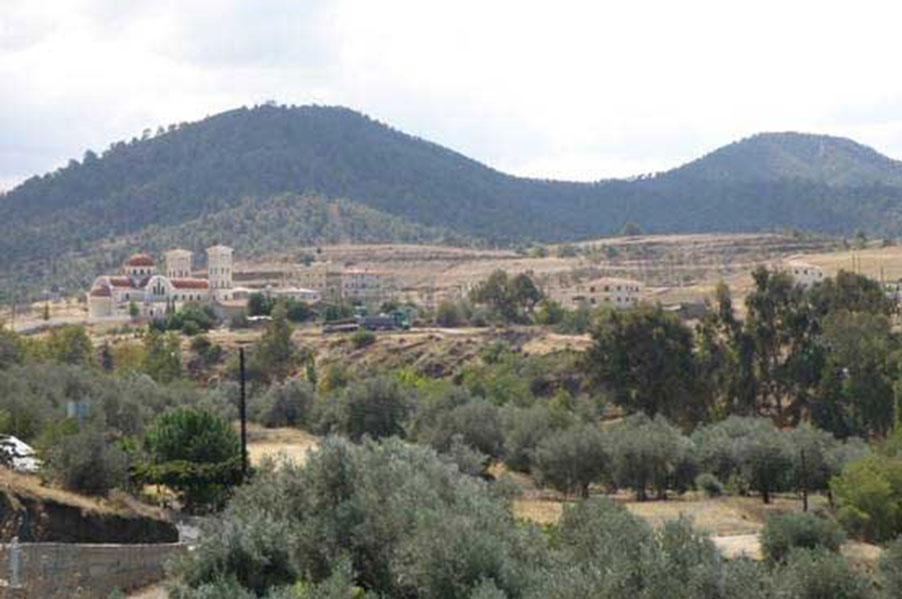- Home
- Nicosia
- Nicosia Entries
- Nikitari
Description
Nikitari, a village of the Nicosia District, is built 47 km southwest of the capital city. A landmark of Nikitari is the Byzantine Church of Asinou, a UNESCO World Cultural Heritage Monument.
Strolling around Nikitari, apart from the cultural treasure of the 12th century, the Church of Panagia Asinou, one can discover the church of Ioannis Prodromos, houses of popular architecture and recreation facilities such as restaurants.
Historical Background – Naming
According to the Great Cyprus Encyclopaedia which cites Stephanos Vyzantios, an ancient housing named “Assinni” used to be built at the location where Nikitari stands today. Karouzis explains that settlers from Assinni of Peloponnisos settled in the housing during the 11th century. The existence of the housing is confirmed by old maps on which the name “Assinni” is marked. What is noteworthy is that the church of Panagia bears the same toponym.
According to de Mas Latri, during the Frankish occupation the village was one of the fiefs which belonged to the royal Marathasa. Similarly to Mas Latri, both Florios Voustronios and G. Jeffery referred to Nikitari. On the one hand, Florios Voustronios, as Karouzis preserves, mentions the names of two feudal leaders of the 15th century, these being Ioannis Flatros and Ioannis Siglitikos, while G. Jeffery notes the following about the village: “Chittari”. This reference is explained by the Great Cyprus Encyclopaedia as a Frankish alteration of the naming Nikitari. The village, however, is also noted using other similar names such as “Nichitari”. It must be mentioned that the local language idiom today refers to the village as “Nitzitarin”. As far as tradition is concerned, the naming of the village is linked to Saint Nikitas, the bishop of Chytres. In particular, the village owes its name to a diminutive of the aforementioned naming. There is in fact another village which links its naming to the bishop of Chytres, the presently occupied village of Nikitas, which is located in Morphou.



